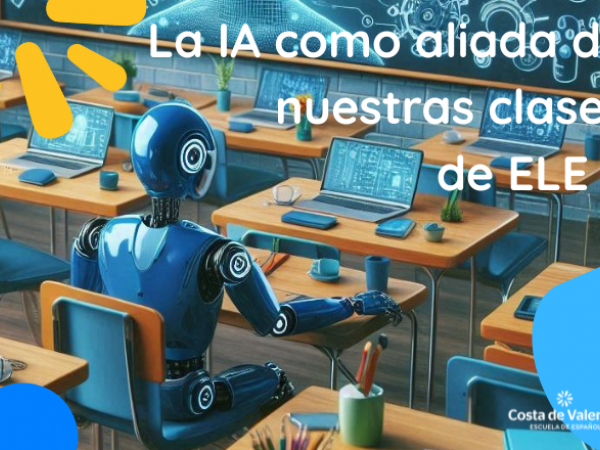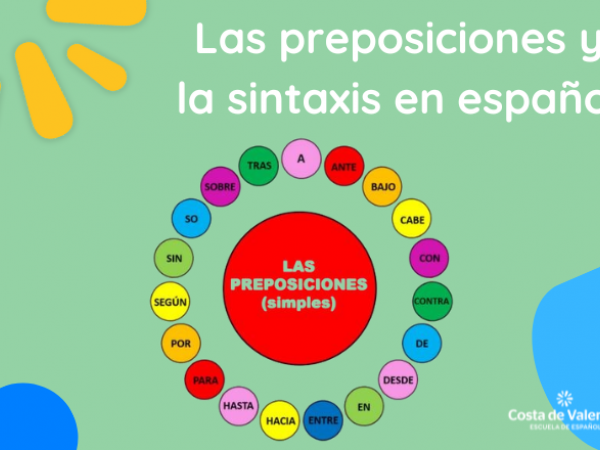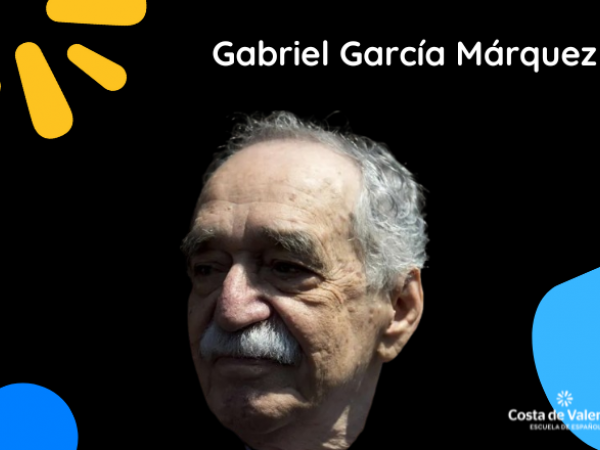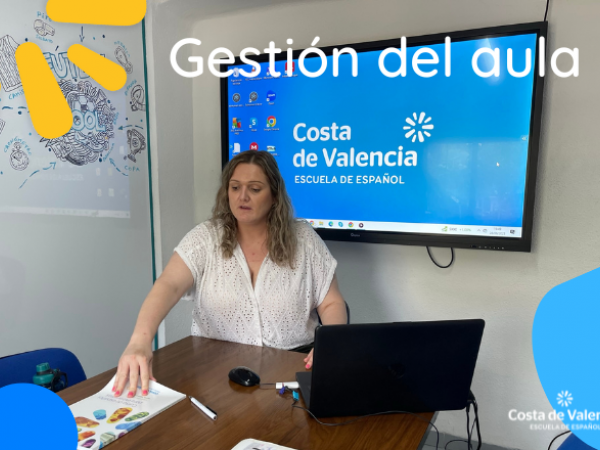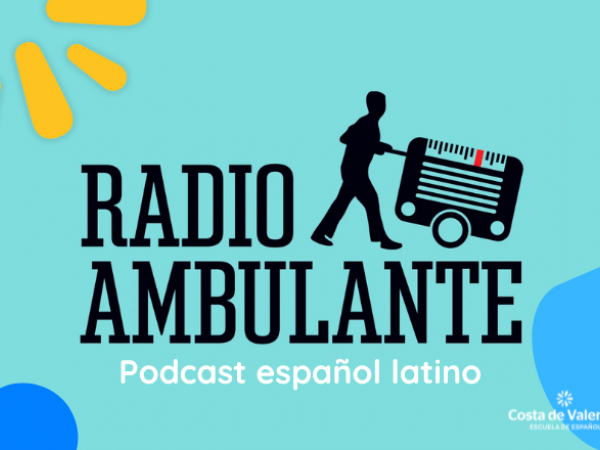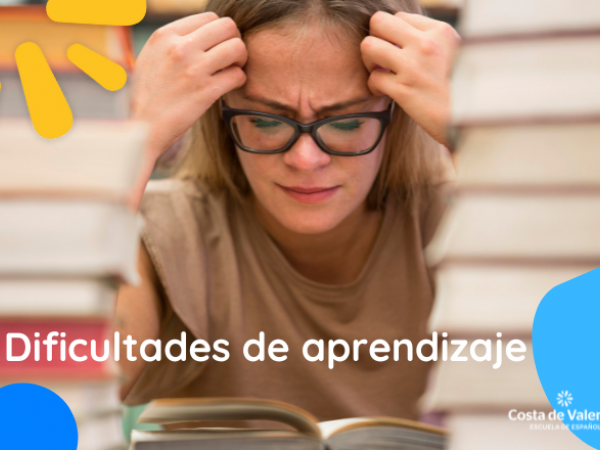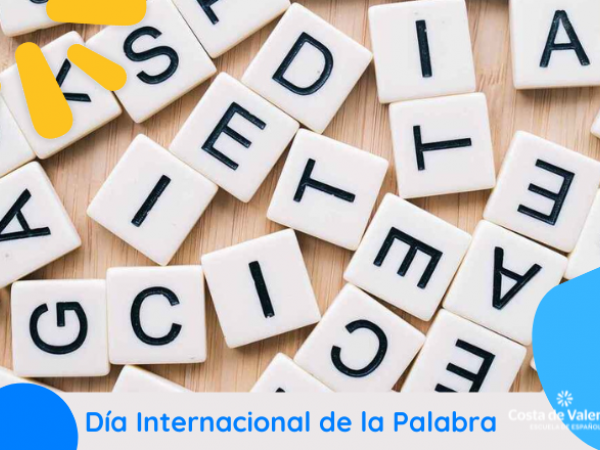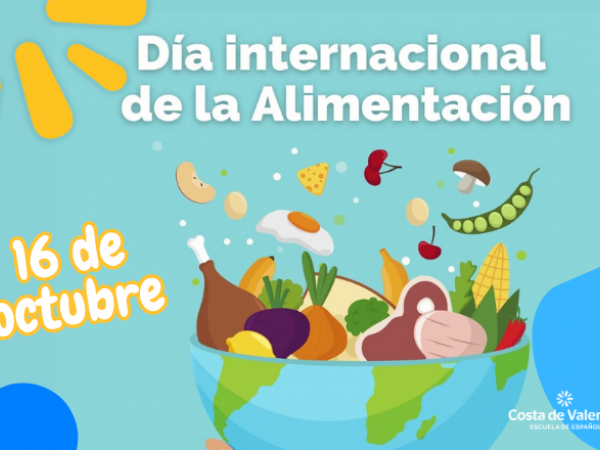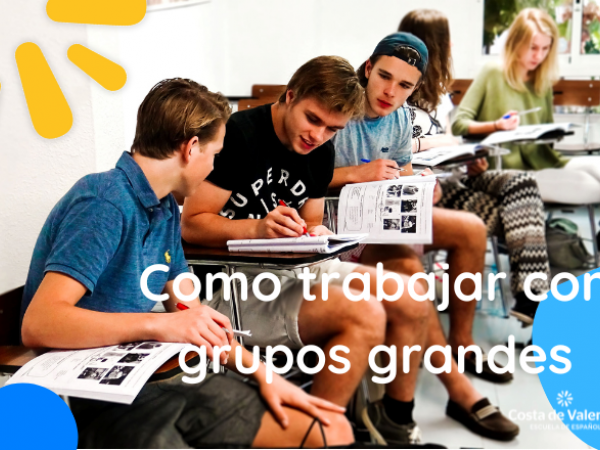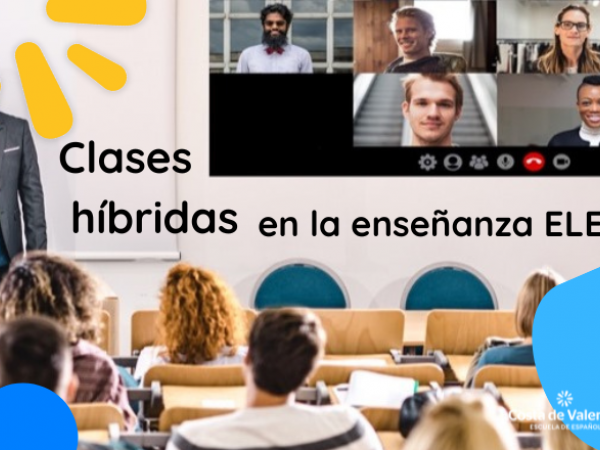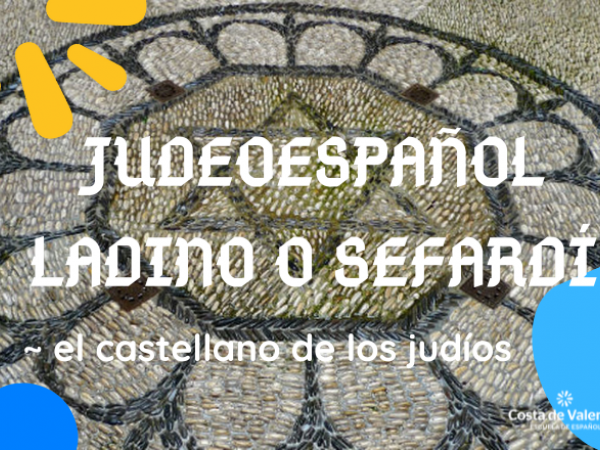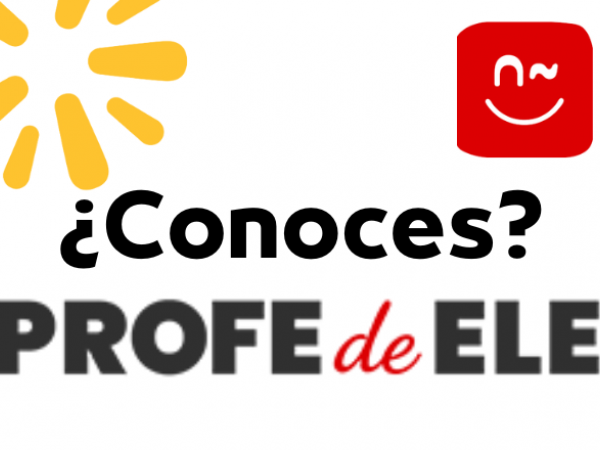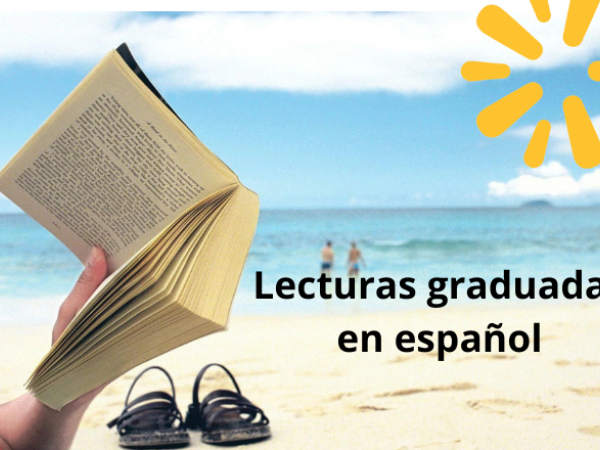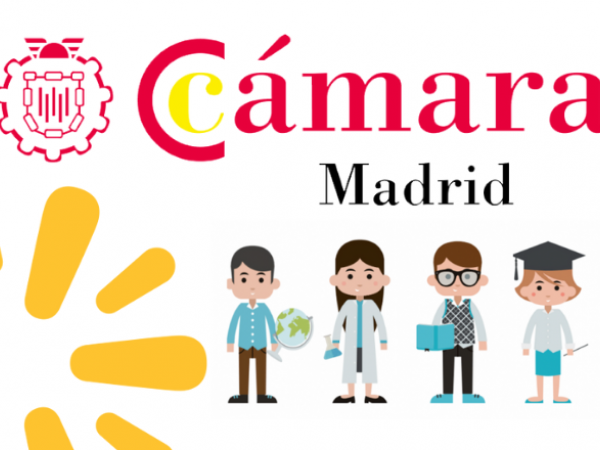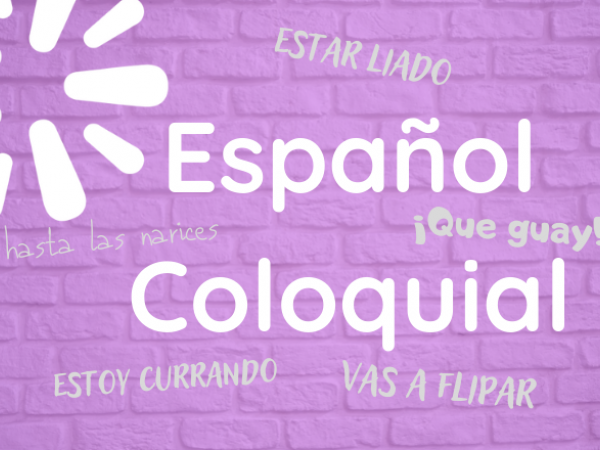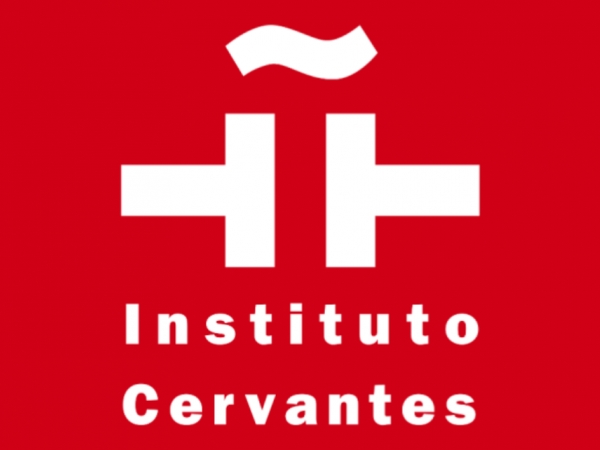How to present linguistic contents with an inductive methodology?
You can read this article in Spanish here
Let's start today with two examples of two teachers, who have to deal with a B1 level class.
Teacher A enters the class, greets them politely and explains that today they are going to learn the simple conditional, explains the form and uses (in this case, the one for advice) and makes sure that all the students understand it. He then announces that they are going to practise with exercises which, mind you, can be more or less dynamic, communicative and motivating and, finally, as the previous day they had worked on clichés and realities about Spain, he asks the students to write a response as homework in a forum of foreigners who are coming to our country on holiday and want to receive advice on various cultural aspects. Beforehand, of course, he also explains what the textual typology of messages in Internet forums is.
Teacher B enters the class, greets them politely and explains that today they are going to learn how to give advice to others. He presents as input some messages in foreign forums, where Spaniards give advice to future tourists on various aspects such as timetables and dishes to eat according to the region or clothes to wear depending on the time of year. After working on aspects such as text comprehension, lexis and oral expression, students are asked, individually, in groups or in pairs, to look at the forms used to give advice. Students hypothesise about the formation of the conditional or even other possible forms which might appear. Rules are also formulated about the uses and then checked. Within the same communicative context, the new tense is practised and/or produced.
Which methodology comes closest to our way of teaching and which would be most beneficial for our students?
Although the answer is not so simple and depends on many, many factors, it seems that research has amply demonstrated the benefits of inductive learning (model B) over traditional learning (model A).
Inductive learning is a so-called "scientific" method based on the following steps:
1. Observation of a phenomenon
2. Investigation (we ask ourselves why such a phenomenon is happening)
3. Formulation of a rule
4. Verification of the rule
It is a method that, for quite some time, has not been alien to education, as it has been applied to subjects such as experimental sciences and has been encompassed under denominations such as experiential learning or "learning by doing". This method, obviously, has always been guided by the teacher, the data, the environment, etc.
This method, however, still encounters some resistance in language learning classes where we still find too many examples of traditional teaching in our country; that in which the teacher presents a rule as something "immovable" and from there the students build from exercises.
This inductive approach is also in line with the CEFR vision in what it calls the action-oriented approach, which is based on the conception of the learner as a language user. The learner, as a social agent, carries out actions in society; actions which may range from preparing breakfast, catching the bus or shopping. These actions involve, to a greater or lesser extent, communicative language activities.
In order to carry out these communicative activities, we will obviously need to develop communicative competence, which in turn is divided into different components, both linguistic (lexical, grammatical, pronunciation...) and non-linguistic (strategic, pragmatic, sociolinguistic...).
Following this approach, therefore, the development of linguistic competence in our classes would have to be aimed at different actions, which implies a "backward design" of pedagogical practices. We would first look at what actions we want to get our students to do, then analyse what they have to learn and finally how they have to learn it, i.e. how we present it in the classroom. Throughout history, the presentation of this content has evolved into the well-known "focus on form".
- Focus on forms. In the past, traditional approaches were based on teaching linguistic structures in separate sections. Thus, we found that the sequencing was determined by the programmers; we found separate lessons on, for example, "the imperative", "the subjunctive"; etc.
- Focus on meaning. When the first more radical communicative approaches emerged, the focus changed completely. The "natural approach" aimed not to study grammar per se, but to expose the learner to a lot of input so that he/she could understand it and then, without explicit formal reflection, reproduce it.
- Focus on form. This is part of the inductive learning process. It seeks to draw attention to linguistic elements as they appear incidentally in the input; the focus is on meaning or communication. In other words, we will deal with the different elements, but without going outside the communicative framework that the input allows us to do so.
The important thing for us, as teachers, would be to select good input that is truthful and engaging. In order to make students pay attention to the linguistic content, we could use different techniques:
- Typographic highlighting of forms (bold, italics, underlining...).
- Flooding: flooding a text with the target items (although care must be taken if it is a created text - not a real one - so that it does not look unnatural).
- Glosses: synonyms, translations
- Targeted questions (as in the example given at the beginning of example B).
Although we can easily intuit what the differences are between the two methods, here is a summary table:
TRADITIONAL APPROACH INDUCTIVE APPROACH
1. Teacher-centred 1. Learner-centred.
3. From the general (the rule) to the particular 2. From the particular to the general
3. Systematisation of the rule comes first. 3. Exposure to the input comes first. 4.
4. Learning guided by a given rule. 4. Learning depends on the discovery of the rule.
5. Learning depends on the teacher 5. Encourages learner autonomy
6. Passive reception 6. Active participation of the learner
We know that, if we are used to teaching in a particular way, changing our methodology is not easy, as it requires a change of attitude, materials, research... We also know that depending on the educational context in which we teach, it will be more or less easy to implement this methodology, as there are countries with more traditional educational traditions (such as Asian countries) than others. We even know that there are certain linguistic contents that lend themselves to be treated in this way more than others.
But what we are sure of is that, if we have to put the advantages and disadvantages on a balance, the benefits of the inductive approach far outweigh those of the traditional approach.
In terms of cognitive benefits, it favours more analytical learning, involves the learner in problem-solving tasks, promotes active participation, or we can ensure that rules are better remembered, since, as we know, it is better to remember by "doing".
In terms of linguistic benefits, we can say that the processes of natural language acquisition are more closely reproduced. Children, for example, do not learn a language through the rules given by their parents, but by discovering and applying them. Moreover, as this approach easily allows for group work, interaction in the L1 is encouraged.
Finally, other social benefits would be increased participation and collaboration between peers, motivation and the promotion of learner autonomy, who, if taught to work in this way, will be able to deal with texts outside the classroom and be able to reach their own conclusions without the need for the omnipresent figure of the teacher.



